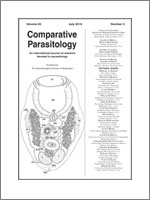RESEARCH ARTICLES (12)
RESEARCH NOTES (11)
ANNOUNCEMENTS (3)

No abstract available
No abstract available
No abstract available
